Table of Contents
ToggleThe United States is a nation that prides itself on being a land of freedom and opportunity for all people. Yet, many times, minorities have had to fight for their rights.
The Equal Protection Clause in the 14th Amendment should allow for equality for all, so what is the Equal Protection Clause, and how has it helped Americans?
What is the Equal Protection Clause?
The Equal Protection Clause is an important part of the 14th Amendment that applies to all those born or naturalized in the United States. It ensures that states cannot “make or enforce any law which shall abridge the privileges or immunities of citizens of the United States.”
Furthermore, they cannot “deprive any person of life, liberty, or property, without due process of law.”
The 14th Amendment and Race
Many cases and examples of violations of the Equal Protection Clause relate to race relations and racial discrimination in the United States.
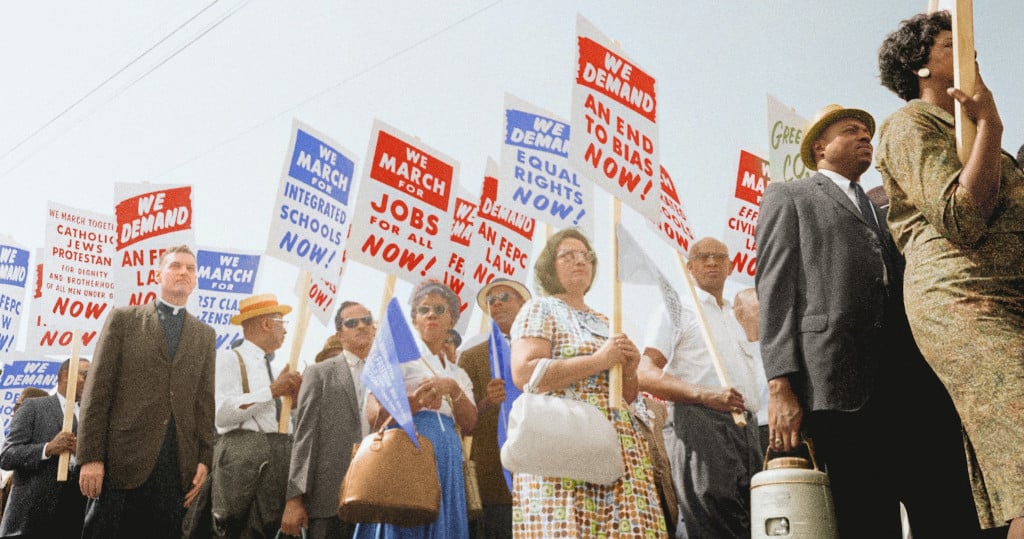
From the end of slavery to the Civil Rights Movement and beyond, black Americans have struggled to achieve the same levels of equality and protection.
This struggle was most prevalent in the south, where the Black Codes, or Jim Crow Laws, restricted freed slaves and their descendants.
A key term early on in this fight was “separate but equal.” The idea here was that blacks and whites would be viewed as equal in terms of their facilities and provisions but just separated from each other.
This wasn’t the reality, as many lacked access to and opportunity for the same services and rights as white residents.
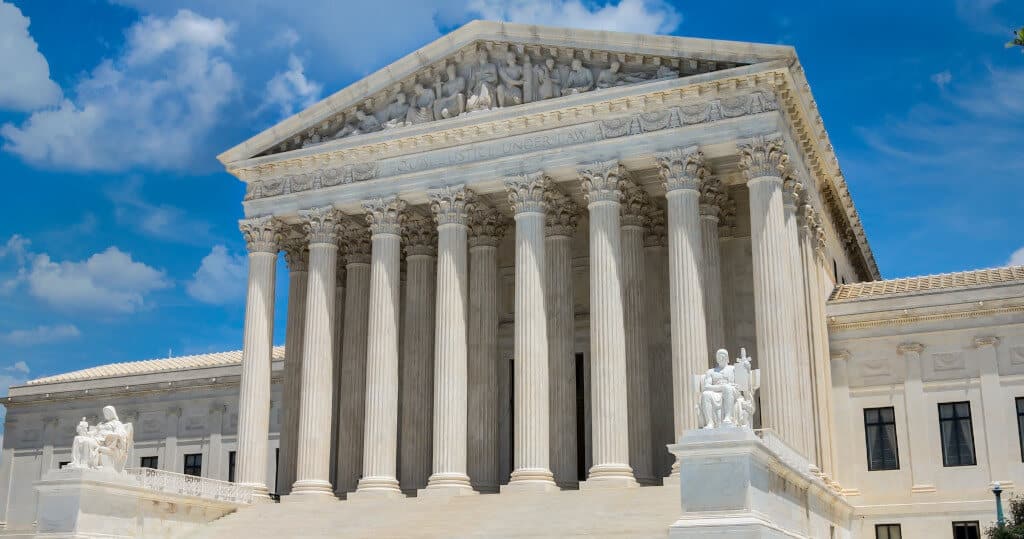
Plessy v. Ferguson (1896) helped to enforce this idea of separate but equal. Plessy had been arrested for refusing to ride in a train car reserved for black people, arguing that the law violated the 14th Amendment of the United States Constitution by treating black citizens as inferior.
The Supreme Court ruled that as long as facilities were classed as equal, this counted as equal protection and was not a violation.
Brown v. Board of Education
In 1954, the issue of racial segregation reached the Supreme Court again when the Board of Education was challenged for segregating public schools based on race.
On this occasion, the equality of the educational facilities wasn’t satisfactory enough, and the notion was judged as a violation of the Equal Protection Clause.
The 14th Amendment and Marriage
Another area where this Equal Protection Clause is important is within the LGBTQ+ community.
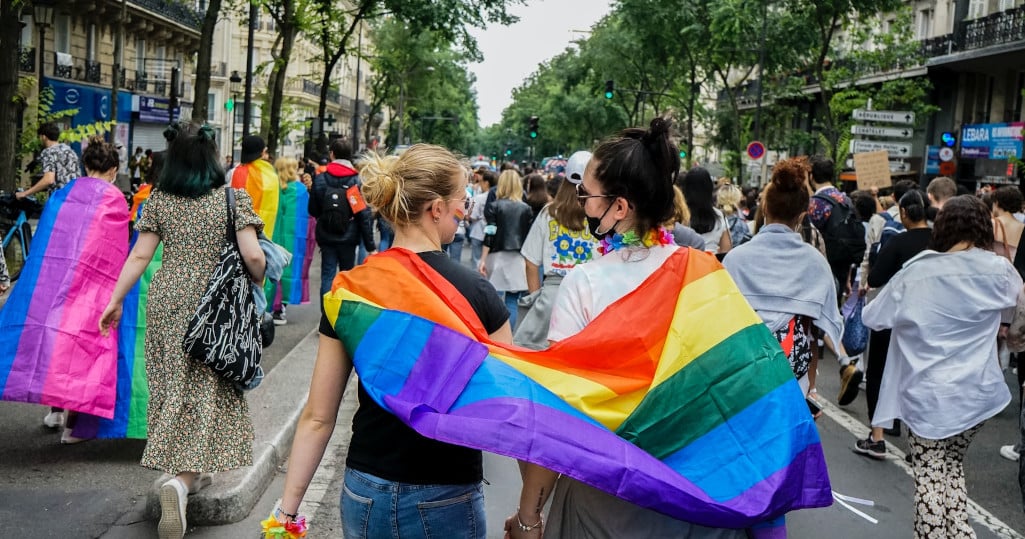
Members of this community seek the same rights and protections as all those that identify as heterosexual. However, not all Americans agree.
The fight for equal marriage in America is a prime example of an ongoing battle to use the 14th Amendment protections to allow for greater equality across all states.
At a state level, laws on same-sex marriage varied greatly, with some refusing to acknowledge its validity. This stance changed with the Obergefell v. Hodges Supreme Court decision.
The case of Obergefell v. Hodges
The landmark ruling in Obergefell v. Hodges used the Equal Protection Clause and the Due Process Clause of the 14th Amendment to help protect equal marriage.
Until this point, it was not a federal requirement for all states to recognize same-sex unions, which led to discrimination against couples that had taken advantage of changes in state laws.
All state bans were struck down, and marriage became about as equal as it could get within federal law.

This case fell under the media spotlight following calls to repeal the Supreme Court ruling in the same vein as the repeal of Roe v. Wade.
There were fears that officials would backtrack and remove protections, despite the Equal Protection Clause, and put same-sex marriages at risk of discrimination.
However, a law was passed in November 2022 to codify the ruling and strengthen protections.
The 14th Amendment and Sexual Health
Another area where the Equal Protection Clause is invaluable is women’s rights, especially regarding reproductive rights and health.
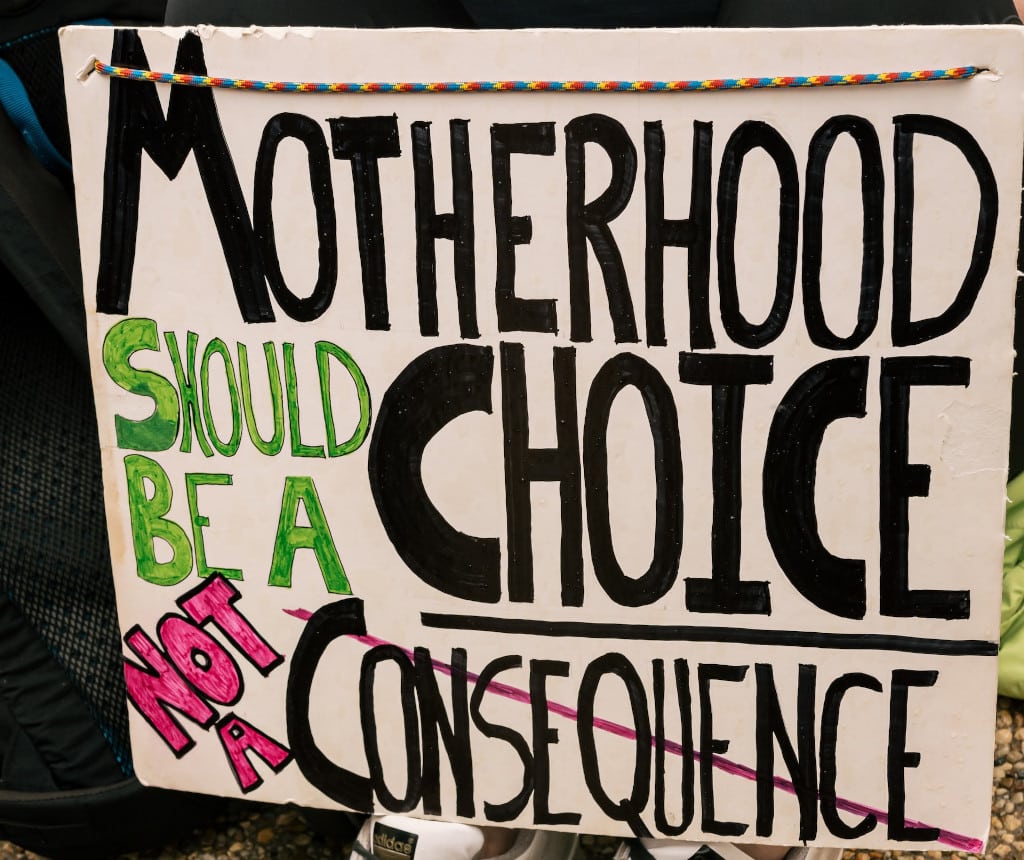
It all comes down to a women’s right to choose and to have privacy while making those choices.
There is the feeling that too many men create damaging laws dealing with abortion and contraception, leaving women in dangerous positions.
The case of Griswold v. Connecticut
One major turning point for equal rights and protections here came from a legal challenge by Estelle Griswold, the director of a Connecticut Planned Parenthood.
She had been arrested for counseling married couples and prescribing birth control, which violated state laws.
The subsequent case saw her challenge the government on the right of married couples to privacy in these circumstances – and essentially that the courts and government had no right to violate that.
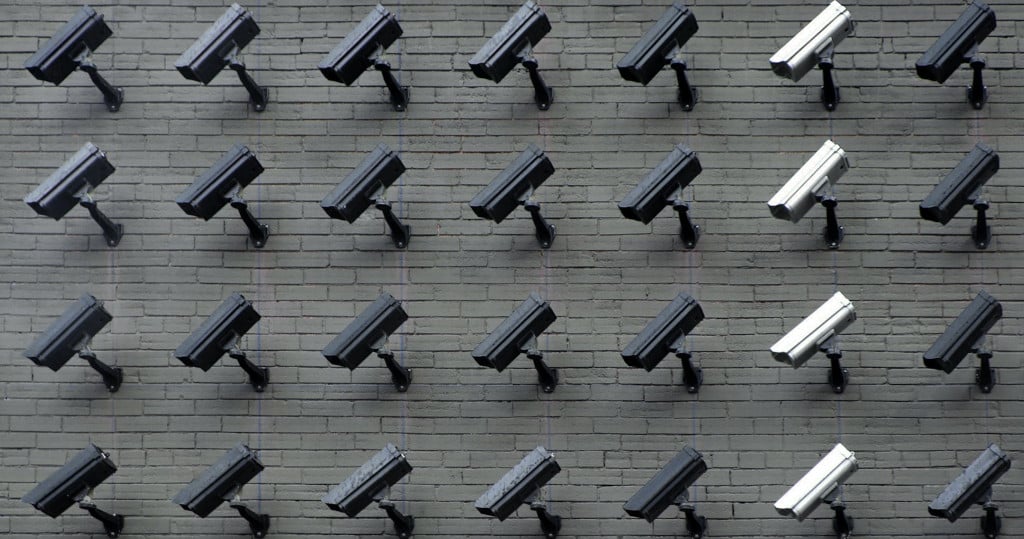
The Supreme Court ruled that there was a fundamental right to privacy in the United States Constitution’s 14th Amendment’s Due Process Clause.
This ruling meant that not only could couples have the same rights to medical care as other people, but this idea of privacy was a major consideration for cases moving forward.
Griswold’s “right to privacy” has been applied to many other controversial decisions.
Roe v. Wade
The ruling in Griswald v. Connecticut would also have important implications for the debate on abortion rights.
The famous case of Roe v. Wade ruled that a woman’s right to privacy equated to a right to choose and that abortion should be a legal option under specific circumstances.
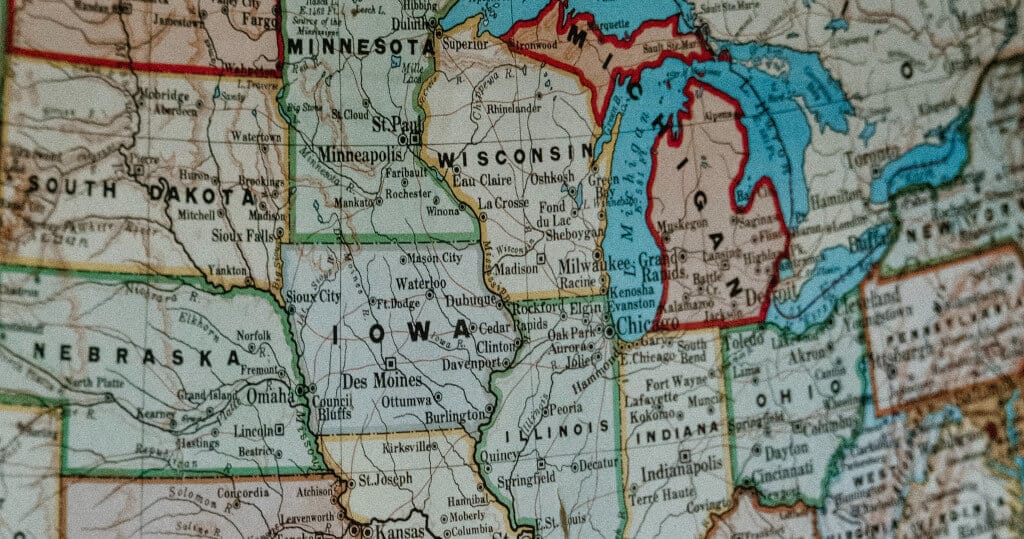
As with the laws on marriage, this Supreme Court decision overruled anything within state statutes.
The overturning of the landmark Roe v. Wade ruling meant that states were now free to impose their own laws. While some have maintained the legalization and codified it in state law, others have reverted to either full or partial bans.

Get Smarter on US News, History, and the Constitution
Join the thousands of fellow patriots who rely on our 5-minute newsletter to stay informed on the key events and trends that shaped our nation's past and continue to shape its present.
How The Equal Protection Clause Has Been Applied To Immigrants
The Equal Protection Clause of the Fourteenth Amendment to the United States Constitution provides that no state shall deny any person within its jurisdiction equal protection under the law.
This clause has been interpreted by courts in various contexts, including immigration law.
In particular, it has been applied to determine how immigrants should be treated and whether they are entitled to certain rights or benefits.
In Plyler v. Doe (1982), the Supreme Court held that states must provide free public education to undocumented children living in their jurisdictions.
The court reasoned that because undocumented children had no control over their status, denying them access to education would serve as a punishment rather than the promotion of legitimate governmental objectives.
Furthermore, excluding these children from school violated both the Due Process Clause and Equal Protection Clause of the Fourteenth Amendment due to discriminating against a “suspect class” — namely, noncitizens — on an irrational basis.
More recently, in Arizona Dream Act Coalition v. Brewer (2014) , the Ninth Circuit found that Arizona’s policy prohibiting Deferred Action For Childhood Arrivals (DACA) recipients from obtaining driver’s licenses was unconstitutional under the Equal Protection Clause because it denied DACA recipients the same state benefits available to similarly situated individuals who were not classified as aliens by federal immigration laws.
Thus, even though DACA recipients’ legal status did not confer upon them full citizenship or permanent residence status, they were still given some protection from discrimination based on their classification as aliens.
Therefore, courts have consistently recognized that immigrants may be afforded constitutional protections through the application of the Equal Protection Clause when states discriminate against them based on their alienage status or other factors related to their immigration status or lack thereof.
How The Equal Protection Clause Has Been Applied To People With Disabilities
This clause has been applied to people with disabilities in various ways over time.
Initially, this clause was used to ensure that individuals with disabilities were not denied access to public accommodations such as schools and transportation services on the basis of their disability status.
For example, in Olmstead v. L.C (1999), a Supreme Court case concerning two women with intellectual disabilities, the court held that unjustified segregation violated the Equal Protection Clause.
By ruling, the court ensured that individuals with disabilities would have equal access to public programs and institutions.
Over time, courts have extended protection from discrimination beyond access to public spaces by interpreting laws prohibiting discrimination against people with disabilities more broadly than those providing civil rights protections for other groups.
For instance, in Alexander v. Choate (1985), the Supreme Court ruled that Medicaid beneficiaries could challenge discriminatory state practices under the Equal Protection Clause if there was evidence of intentional discrimination or disparate impact based on race or disability status, among other factors.
In addition, some lower federal courts have interpreted Section 504 of the Rehabilitation Act of 1973—a civil rights statute protecting individuals from discrimination based on disability—as an independent source of protection under the Equal Protection Clause when Title II of The Americans With Disabilities Act fails to protect them from unequal treatment due to their disability status.
As these decisions demonstrate, judicial interpretation of the Equal Protection Clause has resulted in greater protection for people with disabilities against discrimination compared to many other protected classes within society today.
How The Equal Protection Clause Has Been Applied To Religious Minorities.
This clause has been applied to various groups, including religious minorities. One example of this is when the Supreme Court ruled in favor of an Orthodox Jewish inmate who was not allowed to keep his beard for religious reasons in Holt v Hobbs (2015).
In this case, it was argued that denying him access to exercise his religion violated his rights as outlined by the Equal Protection Clause.
In the Lukumi Babalu Aye v City of Hialeah (1993), another landmark ruling related to religious freedom and equality arose.
In this case, a city ordinance banning animal sacrifice was found to infringe on Santeria practitioners’ right to practice their faith freely.
The court struck down the ordinance, citing that it did not meet the tests set forth by the Equal Protection Clause and thus violated religious freedom.
More recently, Burwell v Hobby Lobby Stores Inc (2014) saw another instance where individuals relied on their constitutional rights for protection from discrimination based on religion.
The court held that corporations controlled by Christian families could opt out of providing certain contraceptives required by federal health care regulations if these contradicted their religious beliefs – demonstrating how far-reaching interpretations of this clause can be at times.
Ultimately, these cases demonstrate how powerful and significant provisions such as the Equal Protection Clause are when it comes to protecting minority populations from discrimination or unequal treatment based upon faith or other group characteristics.
How The Equal Protection Clause Has Been Applied To Political Representation.
At its core, this application focuses on ensuring everyone’s right to an effective vote without discrimination based on any protected status.
This includes matters related to districting and apportionment of representatives at various levels of government—from local school boards up through Congress—as well as access to the ballot box and voting materials needed for meaningful participation in elections.
In recent years, some courts have found state legislatures guilty of diluting minority votes when drawing legislative districts along racial lines; a clear violation of both non-discrimination requirements established by the Equal Protection Clause as well as Section 2 of the Voting Rights Act (VRA).
The Supreme Court has also ruled that absentee ballots must be provided equally across different classes of voters and that both voter registration procedures and early voting periods should not create an unnecessary burden for certain groups who may disproportionately rely on them due to their unique circumstances.
Through these rulings, courts are reaffirming our democratic ideals that every citizen should have equal rights and opportunities pertaining to their political representation within our Republic.
How The Equal Protection Clause Has Been Applied To Voting Rights.
In particular, it has been applied in cases where laws have been found to be discriminatory or unfairly impact certain groups of people.
One prominent example is Reynolds v. Sims (1964), which established the principle of “one person, one vote” and held that state legislative districts must be roughly equivalent in population size in order for them to comply with the Equal Protection Clause.
The ruling was significant because it prevented states from creating malapportioned districts that would give extra influence to rural areas over more populated cities when determining representation in state legislatures.
In addition, numerous other court decisions have relied on this clause as a basis for striking down laws such as literacy tests and poll taxes that were enacted by some states during the Jim Crow era with an intent to disenfranchise African-Americans.
These rulings have helped ensure fair access to voting, regardless of race or economic status, thereby upholding the fundamental right of every citizen in America to participate in our democracy without discrimination or disadvantage based on arbitrary criteria.
Recent Or Current Challenges Related To The Interpretation And Application Of The Equal Protection Clause
Recently, there have been several legal cases concerning how this clause should be applied. For example, some individuals argue that strict voter identification requirements disproportionately affect minorities who may not possess such documents or lack easy access to them.
Additionally, questions have arisen surrounding whether classifications based on sex are subject to heightened scrutiny under the Equal Protection Clause. Finally, another issue relates to the consideration of sexual orientation when assessing discrimination claims made by members of the LGBTQ+ community.
These current challenges demonstrate how interpretations of the Equal Protection Clause can become contentious matters in both law and society given their implications for constitutional rights and protections.
The court rulings resulting from these disputes will shape how people understand this important constitutional provision going forward.
Recent Or Current Controversies Related To The Interpretation And Application Of The Equal Protection Clause
In 2015, when Obergefell v. Hodges was argued before the Supreme Court, one of the main points considered by justices was whether gay couples had a right to marry under the Equal Protection Clause.
This case ultimately established a constitutional right for same-sex couples to marry legally throughout all fifty states.
Similarly, many cases related to civil liberties have been brought forward due to violations of the Equal Protection Clause.
For instance, Fisher v University of Texas at Austin (2016) addressed whether universities could use race as a factor in admissions decisions without violating this amendment.
While Shelby County v Holder (2013) questioned if certain voter ID laws were unconstitutional because they disproportionately affected minority voters.
These examples demonstrate how current debates over interpreting and applying the Equal Protection Clause remain prevalent today.
While some argue that it should be interpreted broadly so as to ensure maximum individual protections from discrimination, others suggest that an overly broad interpretation can lead to increased government interference with citizens’ personal lives and choices, which may not always align with their best interests.
As these questions continue to evolve through judicial opinions, new interpretations will undoubtedly arise regarding how much power states should possess when enforcing anti-discrimination policies for safeguarding civil rights and protecting vulnerable populations from harm.
The Importance of the Equal Protections Clause Today
Ongoing issues with repeals and codification show that this clause is still essential when fighting for equal treatment. We can learn from the cases above and hope it is used to good effect when needed in civil rights cases in the future.
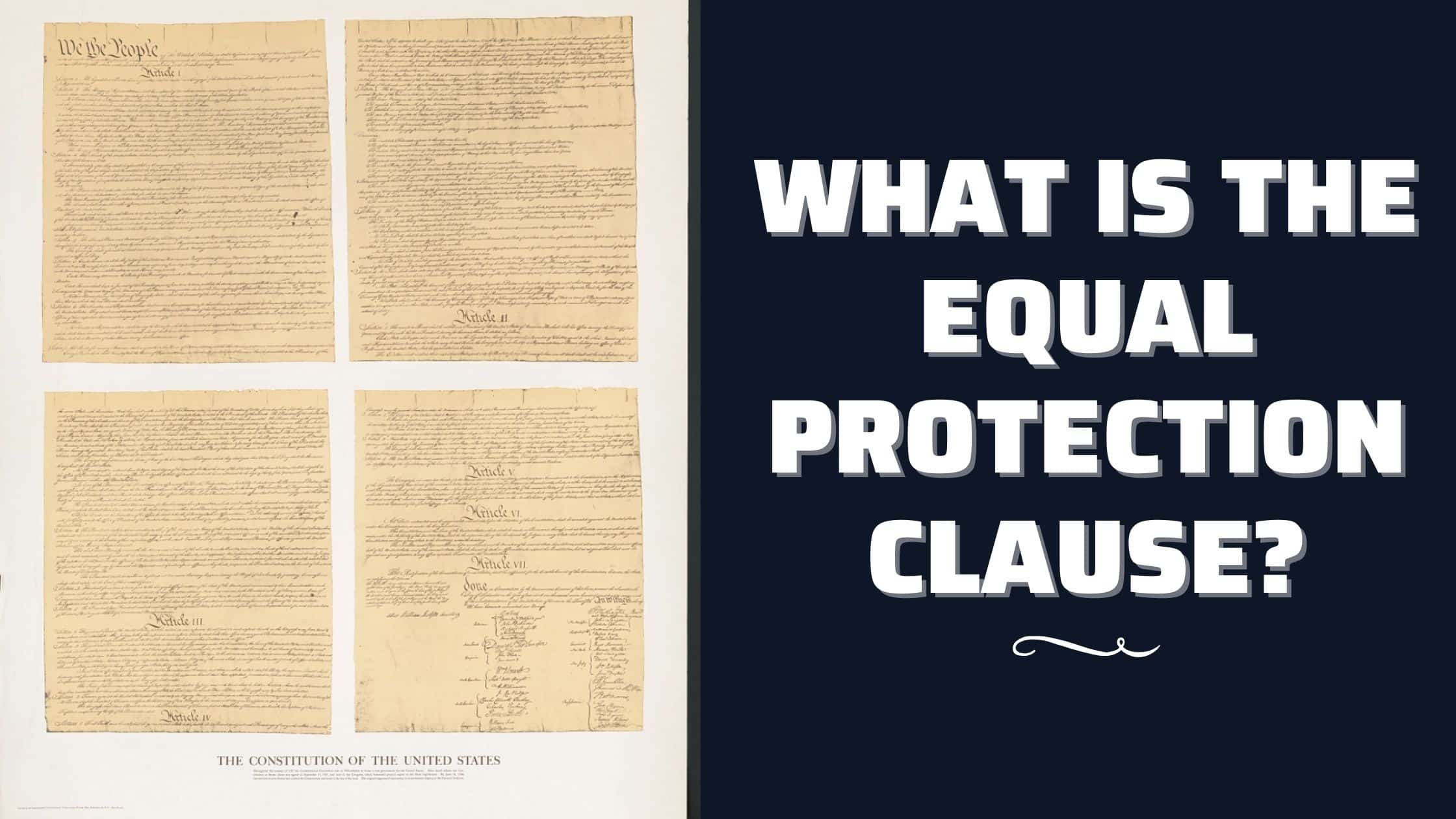
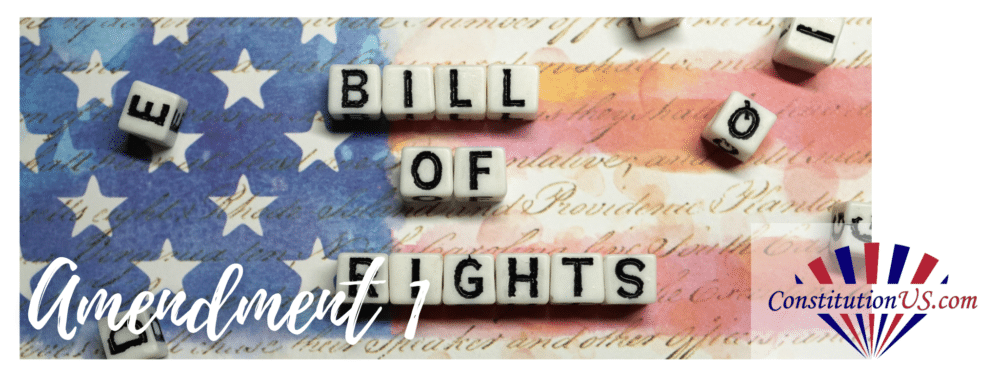
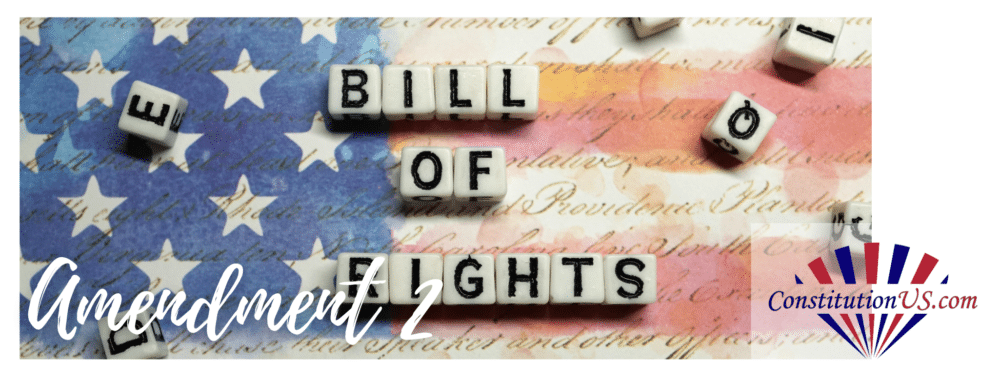
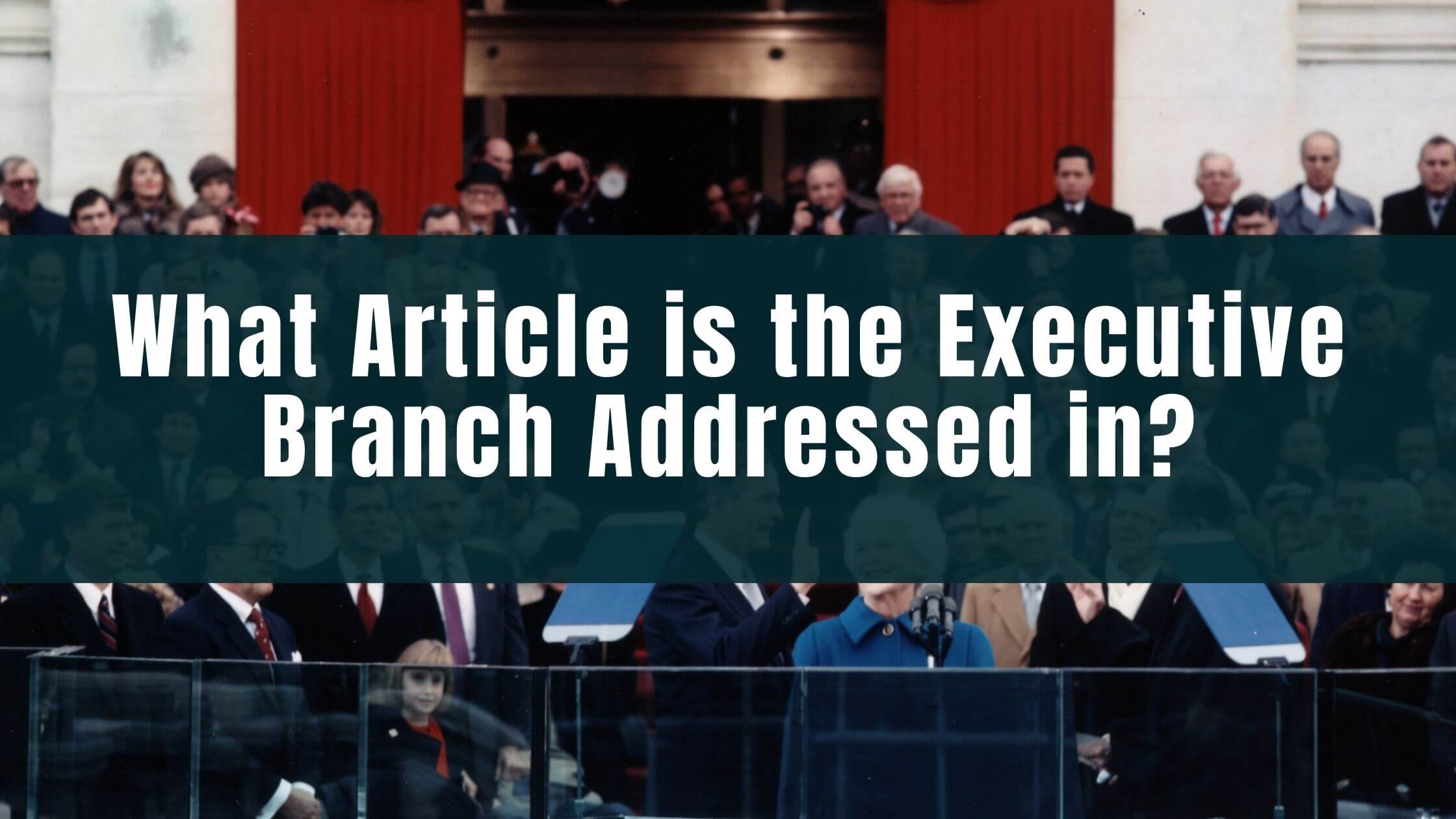








One Response
I’m a man and I am not against abortion. When a woman wants an abortion that is her business, not mine. She has the right to do what she wants to do with her body. Using a religion to deny her that right is wrong. If abortion is against her religion, then the preachers and the members of the religion need to remember that she is the one who has to face their God, not them.